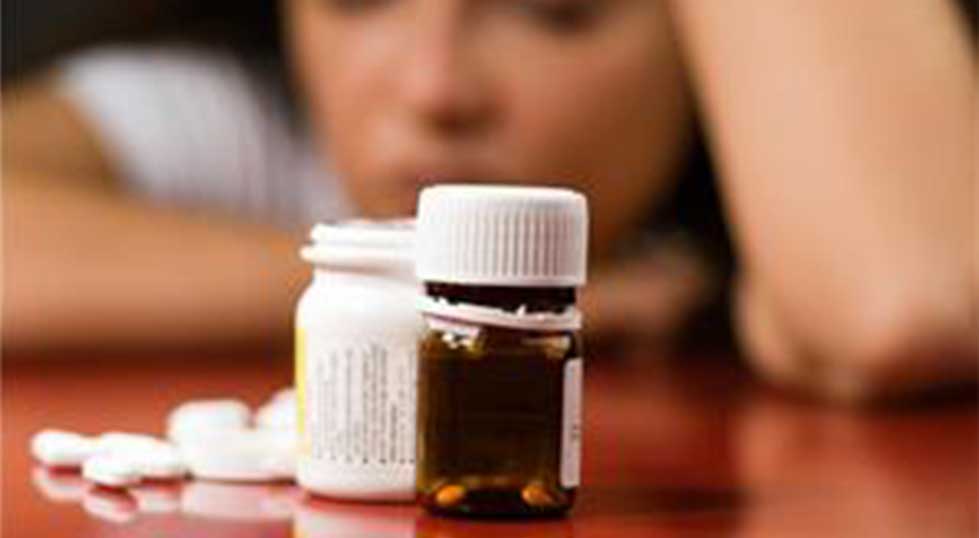| Over the past 15 years, psychologists have noticed a disturbing trend among the depression rates of high school and college students. Today, the rates of depression and anxiety are at an all-time high. According to the American College Health Association, the suicide rate among fifteen- to twenty-four-year-olds has tripled since the 1950s. Though different studies show a variety of numbers, they all reveal the rising trend. One annual survey of college freshmen found that 30 percent reported feeling overwhelmed, with 40.5 percent of women feeling overwhelmed. This survey began in 1985 and the percentage of students reporting feeling anxiety has doubled since its inception. Another study found that average high school students today experience as much anxiety as psychiatric patients in the 1950s.
College counselors are noticing the trend as well, and the vast majority of them state that is a major concern. From 1994 to 2012, the percentage of college students who sought help and were prescribed psychiatric medications rose from 9 percent (in 1994) to 17 percent (in 2000) to 20 percent (in 2003) to 25 percent (in 2006), a number that stabilized through 2012.
On the other hand, parents perceptions of their high school and college students’ mental wellbeing seems ambiguous and incorrect. According to the National Alliance on Mental Illness, while 7 percent of parents fully reported their college students experiencing mental health issues, 50 percent of students rated their mental health below average or poor.
All of these studies and the data over the past decade and a half lead to the same conclusion: that a serious mental health issue exists on our college campuses.
Staying open, knowing the facts, and continuing to develop better treatment are just a few of the measures we need to take to combat this rising trend.
Best Regards,
David DeLoache
President
Behavioral Safety Products |

